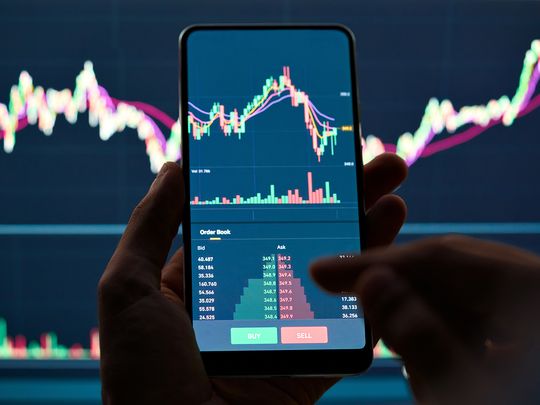
Bond investors have been vociferously clamoring for interest rate cuts in the US (and a few other major economies) in recent months. Actually, it’s been so since late 2022 when they were predicting an imminent recession as a consequence of the most aggressive rate increases witnessed that year since the 1970s.
That recession did not materialize, neither then nor since, despite predictions from all, including large money center banks.
That can be explained by the fact the current crop of bond traders earned their spurs only in this century, when fixed income was in a one-way bull market. The US Treasury yields during this period rarely traded over 5 per cent annually, and even then never for long. So, it’s embedded in traders’ DNA to buy on all dips and instinctively position for yield declines.
They consider the current interest rate regime as extremely abnormal which, in their mind should fall quickly to the more comforting range seen in the last two decades. Clearly, they have had no experience of the 70s and early 80s when the interest rates were trading in double-digits.
So, when the US Federal Reserve raised interest rates 525 basis points in the last two years, the traders got singed. However, they never did lose hope of an eventual bond market rally. They would clutch at straws to justify their addiction to bond buying.
Looking the other way on US data
Thus, positive economic numbers (bearish for bonds) were largely ignored and economic reports that only hinted at an economic weakness were swiftly pounced upon. Statements from the Chairman of the US Federal Reserve and other members of its Open Market Committee (FOMC), which decides the interest rate policy, supporting continuing high interest rates were viewed with extreme suspicion.
Traders’ optimism about interest rate cuts got a major boost in early December when the FOMC after its meeting (held every six weeks), included three 25 basis points cuts in their dot plot forecast for this year. The markets, both fixed income and equity, were euphoric and delivered one of the strongest year-end rallies.
The bond traders, now with their confidence bolstered went a step further, penciled in not three, but six interest rates cuts this year. Once again dismissing the US central bank’s predictions as too conservative.
Little did they realize the Federal Reserve’s prediction of three cuts was more of an insurance against possible accusations of a political bias if they were indeed compelled to ease monetary conditions in an election year.
This unbridled enthusiasm petered out in January this year bonds witnessed some correction. Fresh economic statistics suggested a slowing, but still strong, inflation and economic growth. The traders even then remained adamant in their belief of a rapid decline in interest rates.
Another bountiful jobs numbers
All that changed February 1 when the US Labor Department released its monthly job numbers, which revealed the jobs created were far in excess of even the most optimistic forecasts. It was accompanied by a falling unemployment rate, suggesting a tightening labor market. And wages rising more than the inflation rate, pointing to renewed consumer demand pushing inflation even higher.
That put paid to lingering hopes of any imminent interest rate cuts.
Indeed, the strengthening of the US job market has led me to believe and here I am going out on a limb to state that there will be no interest rate cuts at all this year. OWe ought to brace for an interest rate hike as the US economy has entered the new year with renewed momentum that certainly has potential to reignite inflationary pressures.
My advice to bond traders? Take the ‘hike’.









